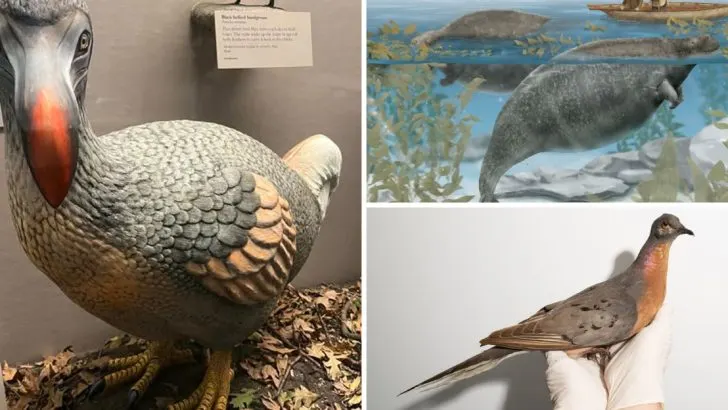Throughout history, our planet has been home to a vast array of unique and fascinating animals, some of which have sadly disappeared forever. While some species face extinction due to human activity, others have been wiped out by natural events or shifts in the environment. The extinction of these animals is a tragic reminder of the delicate balance of ecosystems and the impact we have on the planet.
Here are 13 extinct animals that we can never see again. These creatures were once a part of Earth’s biodiversity but are now only remembered through fossils, stories, and scientific research. From giant mammals to strange prehistoric birds, the loss of these species highlights the importance of conservation efforts to protect those still with us.
Dodo
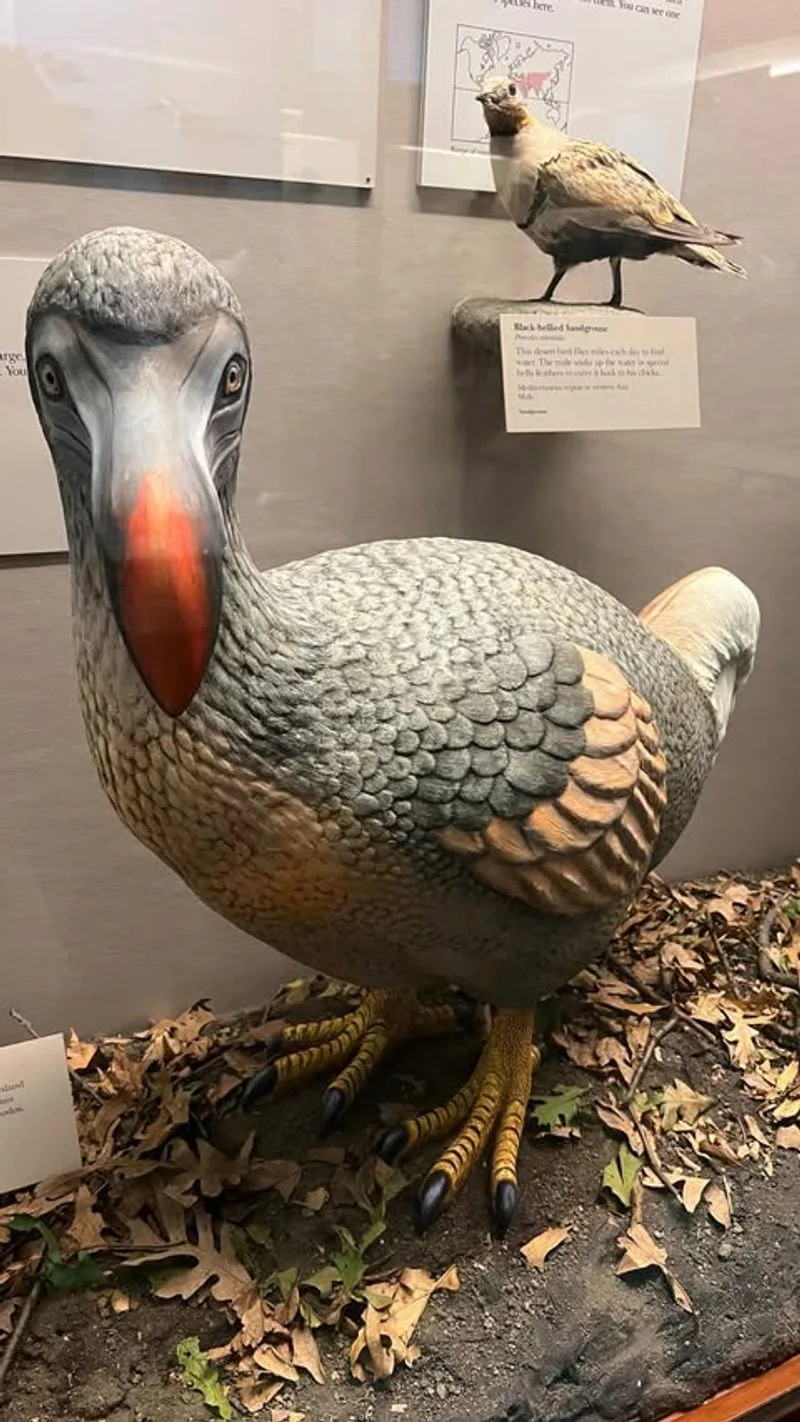
The dodo, once native to Mauritius, symbolizes extinction due to human impact. Its inability to fly and lack of fear towards humans made it an easy target for sailors in the 17th century. As forests were destroyed and non-native animals introduced, its habitat and food sources dwindled. By 1681, the dodo was no more. This flightless bird’s story emphasizes the consequences of human actions on isolated ecosystems. Its demise is a solemn reminder of our responsibility to safeguard the vulnerable creatures that share our world.
Tasmanian Tiger
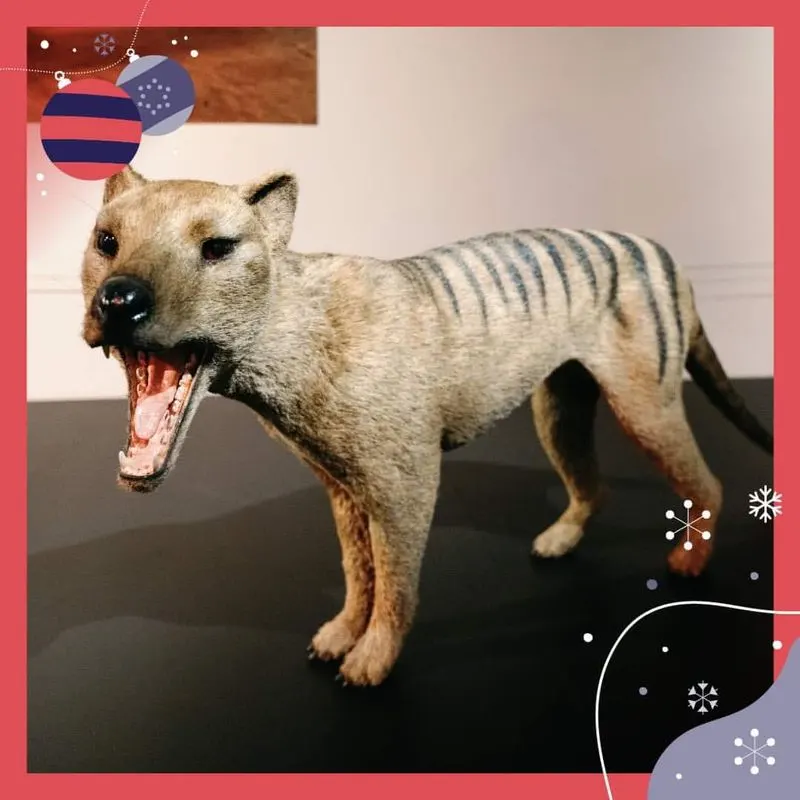
The Tasmanian Tiger, or Thylacine, roamed Tasmania’s dense forests until the 20th century. Resembling a canine with stripes, it was hunted relentlessly, mistaken for a threat to livestock. By 1936, the last known individual died in captivity. Its extinction signifies the tragic impact of misunderstanding and fear on wildlife. Today, its legacy persists in Tasmania’s cultural heritage, inspiring efforts to protect remaining native species and prevent further loss.
Passenger Pigeon
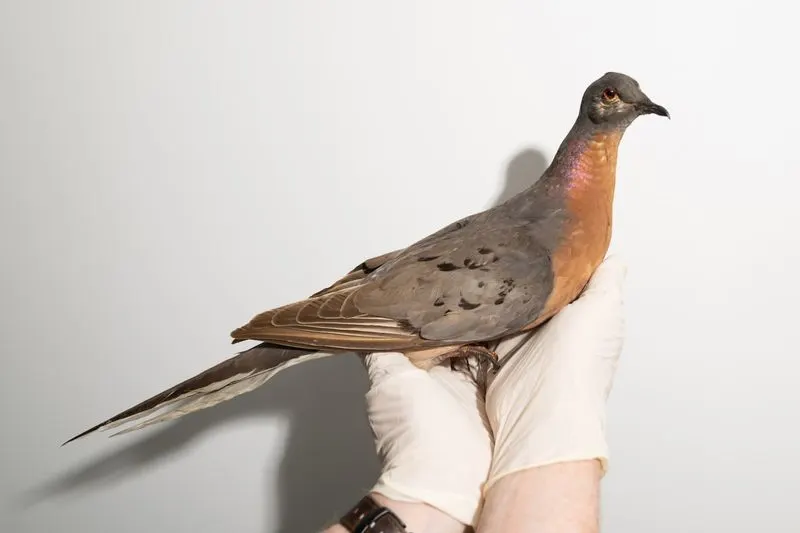
Passenger pigeons once darkened skies with their numbers, stretching into millions across North America. Their communal lifestyle and abundance made them susceptible to mass hunting and habitat destruction. By 1914, this species vanished, marking one of the most rapid extinctions in history. Their disappearance serves as a poignant reminder of how industrialization and overexploitation can decimate even the most plentiful species. Conservation efforts now aim to prevent similar fates for today’s wildlife.
Great Auk
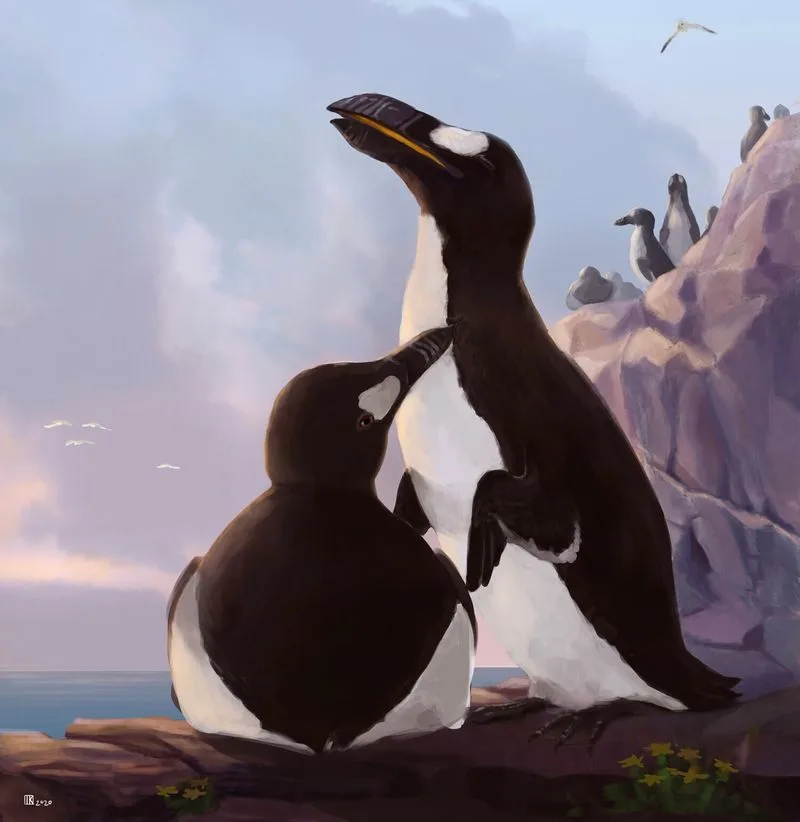
The flightless Great Auk once thrived in the North Atlantic. Known for their striking appearance, they were heavily hunted for their feathers, meat, and oil. By the mid-19th century, unregulated hunting led to their extinction. The Great Auk’s story highlights the catastrophic effects of human greed on animal populations. Today, it stands as a symbol of the urgent need for wildlife protection laws and sustainable practices to preserve our planet’s remaining biodiversity.
Quagga
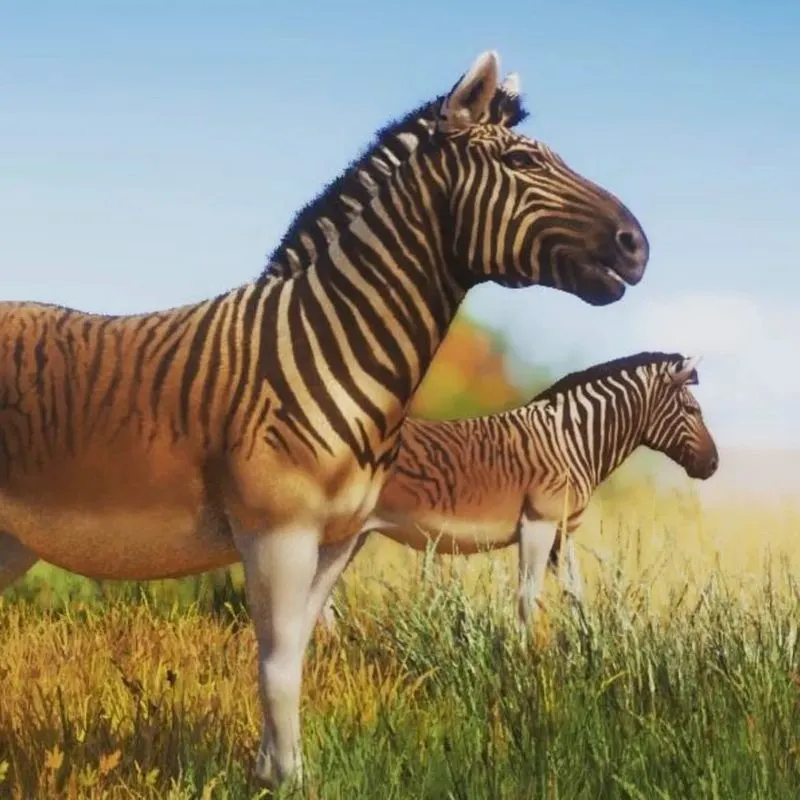
The quagga, a remarkable zebra subspecies, was native to South Africa’s grasslands. Characterized by its distinctive half-striped body, it fell victim to overhunting in the 19th century. Considered a pest, it was hunted to protect livestock, vanishing by 1883. The quagga’s fate underscores the need to balance human interests with wildlife conservation. Efforts to revive its lineage through selective breeding highlight the ongoing commitment to rectify past mistakes and protect threatened species.
Steller’s Sea Cow
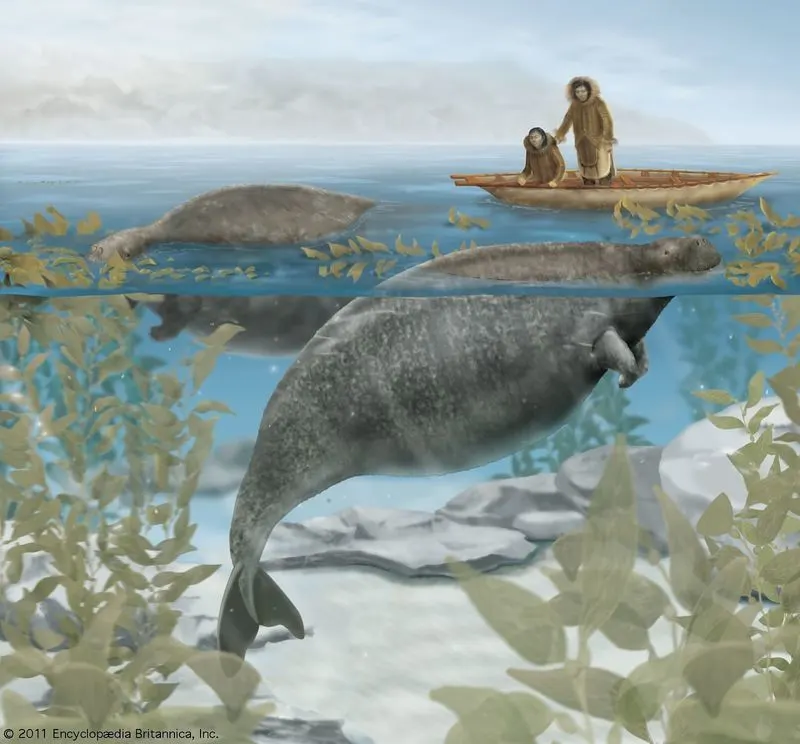
Steller’s Sea Cow was a gentle giant of the Bering Sea, discovered in 1741. Weighing up to 10 tons, it fed on kelp and had no natural predators, except humans. Within 27 years of its discovery, it was hunted to extinction for its meat and hide. This marine mammal’s rapid disappearance reflects the perils of unchecked exploitation. It serves as a stark warning against the unsustainable use of ocean resources and the importance of protecting marine ecosystems.
Pyrenean Ibex
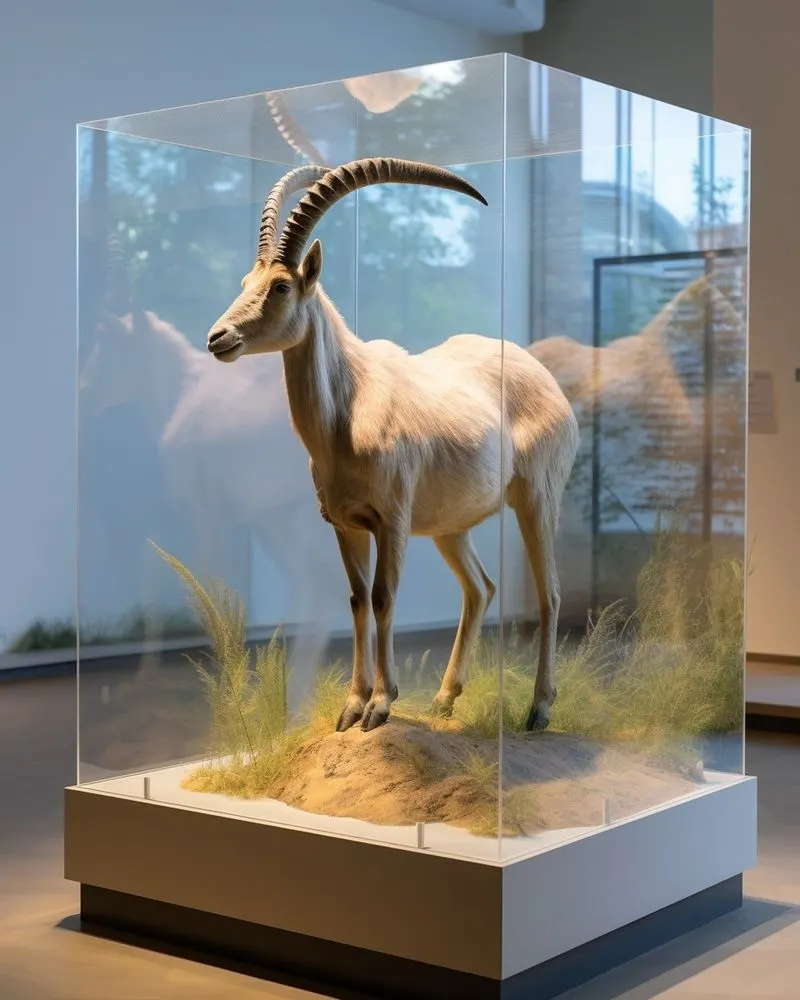
The Pyrenean Ibex, native to the Pyrenees, was a majestic wild goat known for its curved horns. Overhunting and habitat loss led to its extinction in 2000. It became the first extinct animal to be cloned, albeit unsuccessfully, highlighting scientific breakthroughs in de-extinction efforts. Its story emphasizes the role of modern conservation and technology in wildlife preservation. As we advance, the Pyrenean Ibex reminds us of the delicate balance between progress and nature.
Caribbean Monk Seal
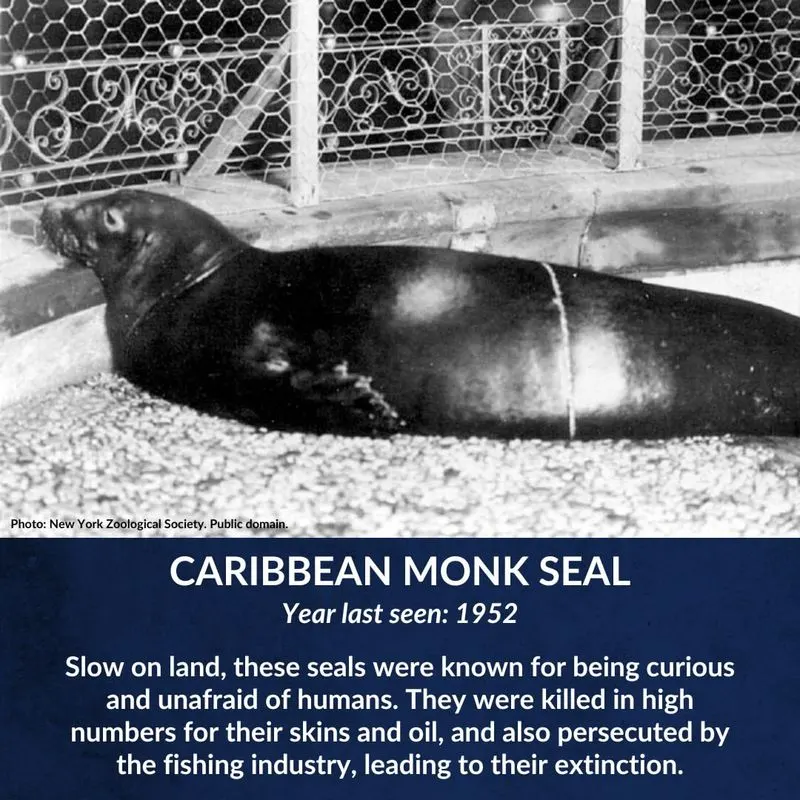
The Caribbean Monk Seal, also known as the “sea wolf,” inhabited warm Caribbean waters. It was heavily hunted for its oil and faced habitat destruction, leading to its extinction by the 1950s. This seal’s disappearance highlights the detrimental impact of human activities on marine life. Its loss urges stronger protections for remaining seal species and emphasizes the importance of preserving ocean habitats. Conservationists now strive to learn from past mistakes to safeguard vulnerable marine populations.
Bubal Hartebeest
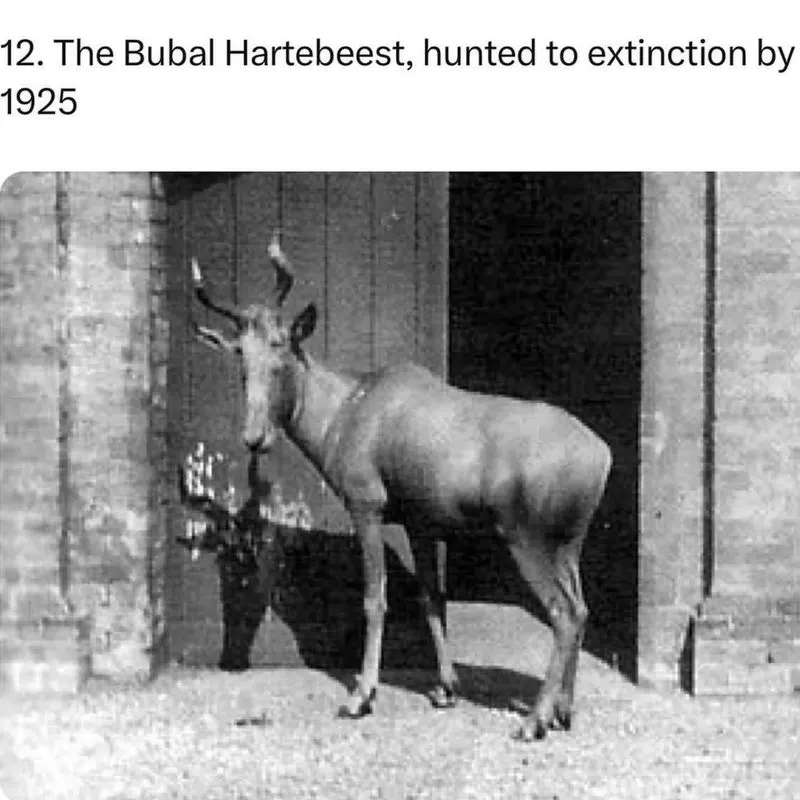
The Bubal Hartebeest, once widespread across North Africa, was a majestic antelope known for its reddish coat and tall horns. Overhunted for sport and meat, it became extinct by the 1950s. Its story underscores the impact of colonization and uncontrolled hunting on animal populations. Today, it serves as a reminder of the need for regulated hunting practices and the conservation of Africa’s diverse wildlife. Efforts continue to preserve the habitats of remaining antelope species.
Heath Hen
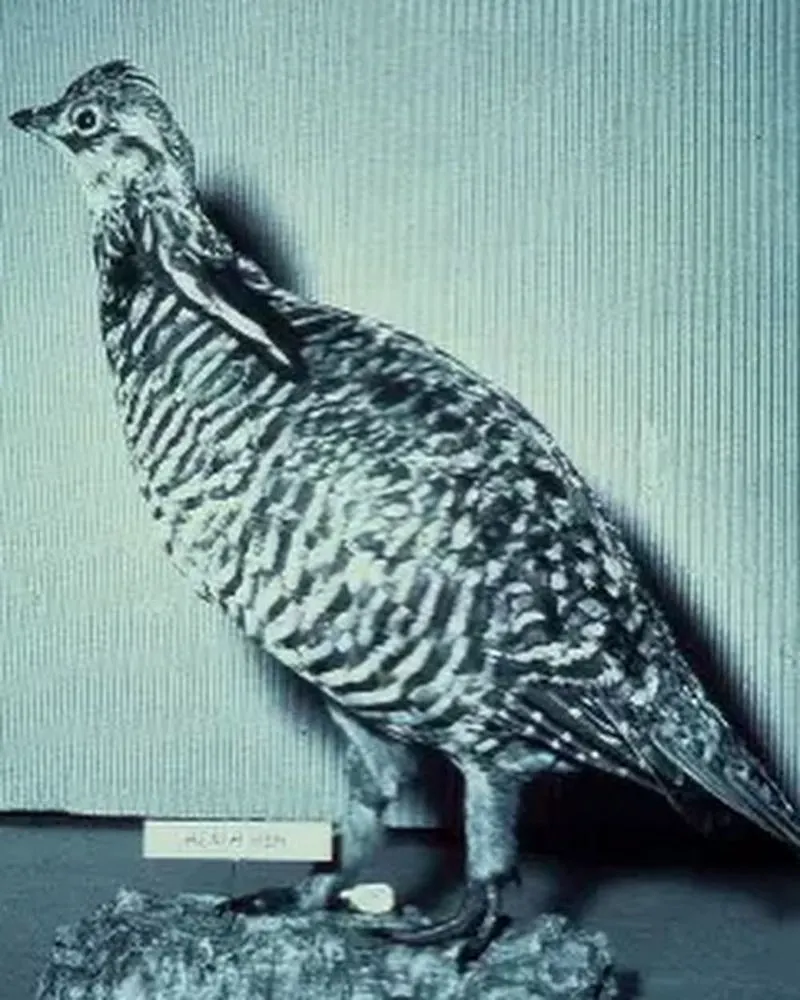
The Heath Hen, once common in North America’s eastern grasslands, was a vibrant bird known for its striking mating dances. Habitat destruction and hunting led to its decline, with the last individual perishing in 1932. This bird’s extinction highlights the vulnerability of species to environmental changes and human encroachment. Its story inspired the establishment of wildlife preservation areas, emphasizing the importance of proactive conservation efforts to protect endangered species and their habitats.
Bali Tiger
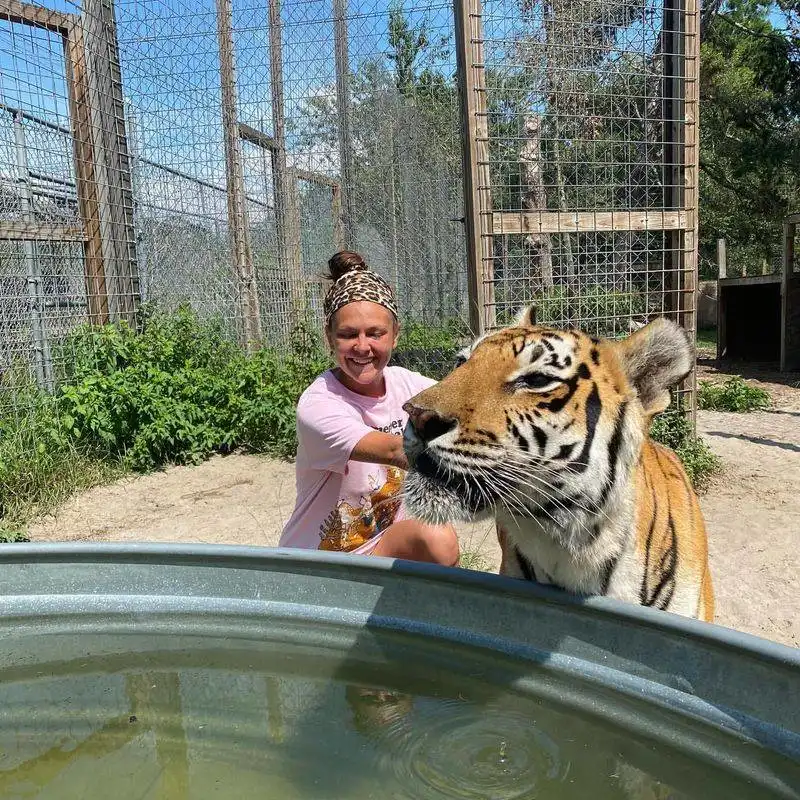
The Bali Tiger, one of the smallest tiger subspecies, roamed Bali’s lush forests. Its striking appearance made it a target for hunters, and habitat loss further threatened its survival. By the 1940s, the Bali Tiger was extinct. This tiger’s fate highlights the devastating impact of deforestation and hunting on big cats. Its legacy serves as a clarion call for the protection of remaining tiger populations and their habitats, urging stronger conservation measures to prevent further losses.
Tecopa Pupfish
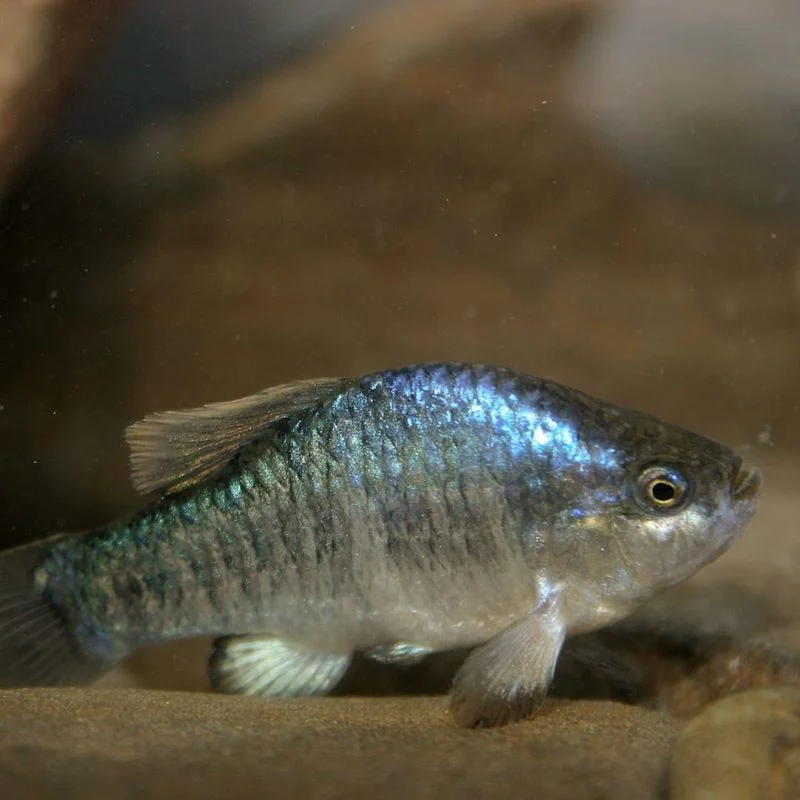
The Tecopa Pupfish, native to the Mojave Desert’s warm springs, was a small fish known for its iridescent body. Habitat alteration and competition from non-native species led to its extinction by the 1980s. Its story underscores the fragility of desert ecosystems and the consequences of human interference. The Tecopa Pupfish’s demise emphasizes the importance of protecting unique habitats and preventing the introduction of invasive species to preserve native wildlife.
Baiji Dolphin
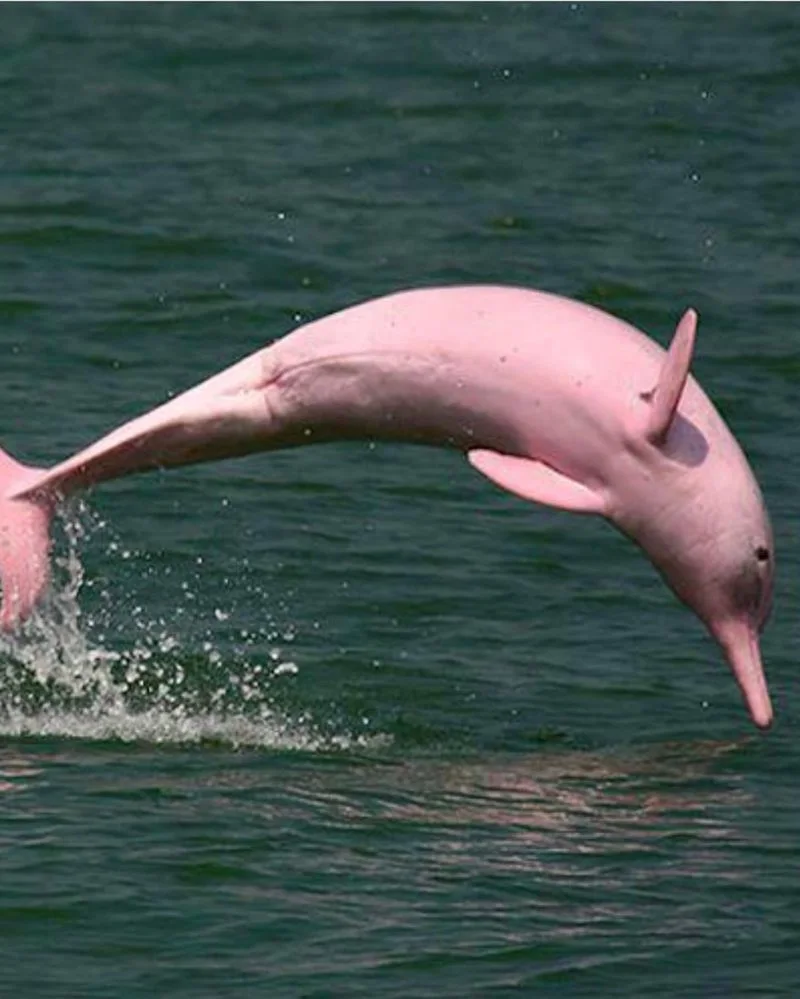
The Baiji Dolphin, or Yangtze River dolphin, was a freshwater species native to China’s Yangtze River. Industrialization, pollution, and overfishing led to its extinction in the early 21st century. Known for its gentle nature, the Baiji’s story reflects the environmental challenges faced by riverine species. Its loss calls for urgent action to protect freshwater ecosystems and highlights the necessity for sustainable development practices. Conservationists strive to prevent similar fates for other vulnerable aquatic species.

